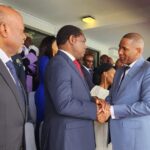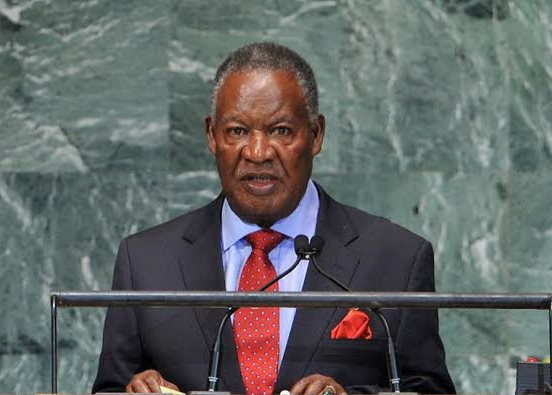Michael Sata, the fifth President of Zambia, remains a significant figure in Zambian history. His presidency, which lasted from 2011 until his death in 2014, was marked by both his distinctive leadership style and his impact on the country’s political landscape. Here are 20 key things you should know about Michael Sata:
- Early Life: Michael Sata was born on July 6, 1937, in Mpika, Northern Province, Zambia. He grew up in a rural setting, which shaped his understanding of the struggles faced by ordinary Zambians.
- Political Beginnings: Sata’s political journey began in the 1960s when he became involved with the United National Independence Party (UNIP), which led Zambia to independence.
- Trade Union Leadership: Before becoming President, Sata was a prominent trade union leader, known for his advocacy for workers’ rights and his role in the fight for Zambia’s independence.
- Founding the PF: In 2001, Sata founded the Patriotic Front (PF) after parting ways with the ruling party, the Movement for Multi-Party Democracy (MMD). The PF became a significant opposition force in Zambian politics.
- Presidential Election: Sata first ran for the presidency in 2006 and 2008, losing to incumbent Presidents Levy Mwanawasa and Rupiah Banda respectively. His persistent efforts culminated in his victory in the 2011 elections.
- “King Cobra”: Sata was nicknamed “King Cobra” due to his fierce and direct political style, as well as his sharp criticism of his opponents.
- Economic Focus: During his presidency, Sata prioritized economic development, particularly focusing on infrastructure projects such as roads and housing.
- Anti-Corruption Campaign: Sata’s administration was known for its strong stance against corruption. He took steps to address and investigate corruption within government ranks.
- Health Reforms: He introduced reforms in the healthcare sector aimed at improving services and accessibility for Zambians, including the construction of new health facilities.
- Foreign Policy: Sata’s foreign policy was characterized by a more assertive stance. He sought to strengthen relations with both traditional allies and emerging economies.
- Infrastructure Development: His tenure saw significant infrastructure projects, including the construction of new roads, bridges, and the expansion of urban areas.
- Media Relations: Sata’s relationship with the media was often strained. His administration was criticized for its handling of media freedoms and restrictions on press freedom.
- Social Programs: Sata’s government implemented various social programs aimed at improving the living standards of Zambians, including housing and education initiatives.
- Environmental Concerns: Despite his focus on development, Sata faced criticism for not doing enough to address environmental concerns related to mining and deforestation.
- Legacy in Governance: His presidency was marked by efforts to decentralize government functions and empower local authorities.
- Health Issues: Sata’s health was a significant concern during his presidency, with frequent rumors and reports about his well-being affecting his public image.
- Death in Office: Michael Sata passed away on October 28, 2014, while still in office. His death led to the appointment of his Vice President, Guy Scott, as Acting President.
- Political Influence: Sata’s impact on Zambian politics continued after his death. The Patriotic Front remained a major political force, and his legacy influenced subsequent political developments.
- Public Perception: Sata remains a controversial figure in Zambian history. He is remembered both for his bold leadership and for the controversies and criticisms that accompanied his tenure.
- Commemoration: His contributions to Zambian politics and governance are commemorated through various memorials and discussions about his impact on the nation.
Michael Sata’s presidency was a period of significant change and development for Zambia. His leadership style, characterized by a strong anti-corruption stance and focus on infrastructure, left a lasting imprint on the country. While his tenure was not without controversy, Sata’s efforts in economic and social reforms continue to shape discussions about his legacy. Understanding his contributions and challenges provides valuable insight into Zambia’s recent political history and development trajectory.






